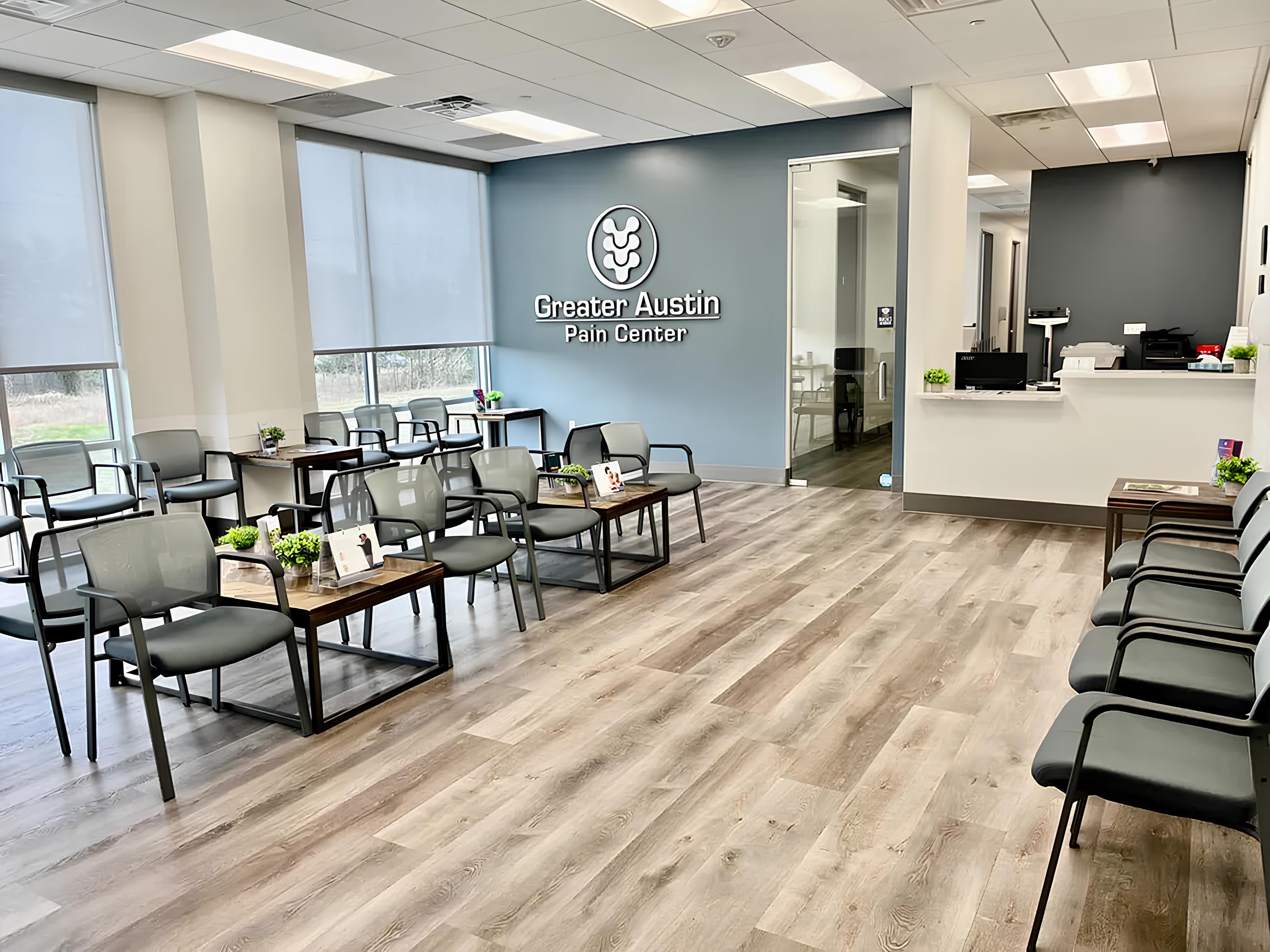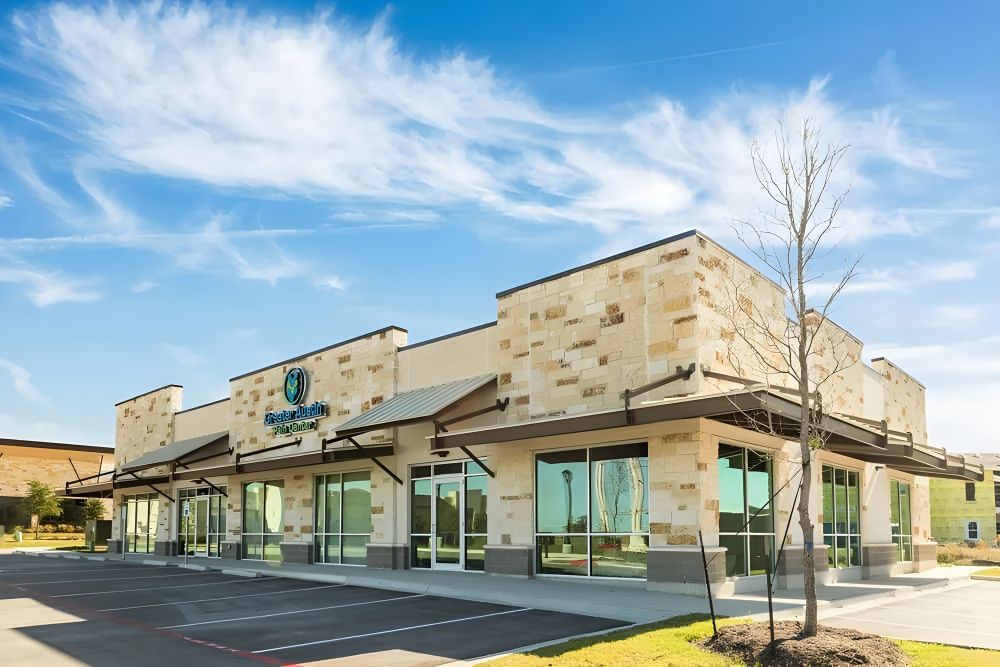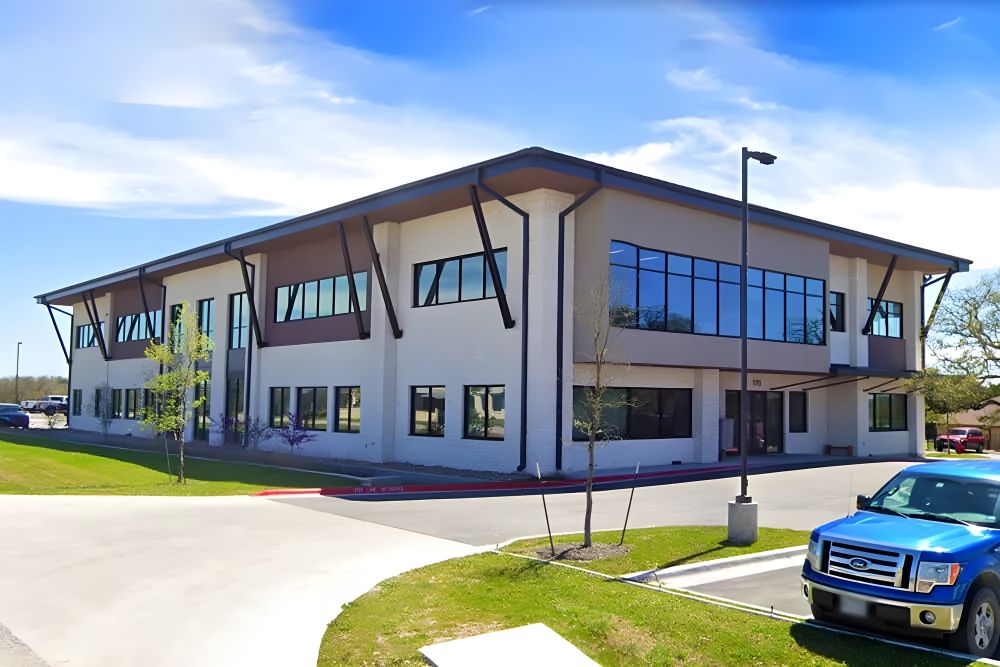What to Expect from the Indirect Spinal Decompression Procedure
The minimally invasive nature of indirect spinal decompression allows most patients to return home the same day, with the incision typically healing within a few weeks. During recovery, your pain doctor will recommend avoiding excessive bending or twisting of the lumbar spine to ensure the spacer remains properly positioned and supports healing.
Many patients begin noticing pain relief within just a few weeks, as the treatment works to relieve pressure on compressed nerves and improve blood flow to damaged or degenerative discs. With consistent healing and proper follow-up care, results are long-lasting, making this a proven option for those struggling with chronic back pain, sciatica, or neck pain relief.
What Conditions Can Indirect Spinal Decompression Treat?
Indirect spinal decompression treatment is a proven option for patients dealing with a wide range of degenerative conditions that affect both the lumbar spine. By gently restoring space within the spinal structures, this non-surgical procedure works to relieve pressure on the nerves, improve spinal health, and reduce chronic symptoms.
Conditions commonly treated with indirect spinal decompression in Austin include:
- Degenerative disc disease and disc degeneration
- Spinal stenosis
- Herniated discs and bulging discs
- Pinched nerves causing radiating pain into the lower extremities – Patients often experience leg pain, tingling, or weakness due to compressed nerves in the lumbar spine.
- Chronic back pain
- Debilitating pain related to compressed discs
Risks & Safety of the Indirect Spinal Decompression Procedure
The most common side effect of an indirect spinal decompression procedure is temporary soreness around the incision site, which typically resolves within a few days using ice packs and over-the-counter medications. Unlike traditional surgery, there is little risk of post-operative complications, making it a safer alternative.





















